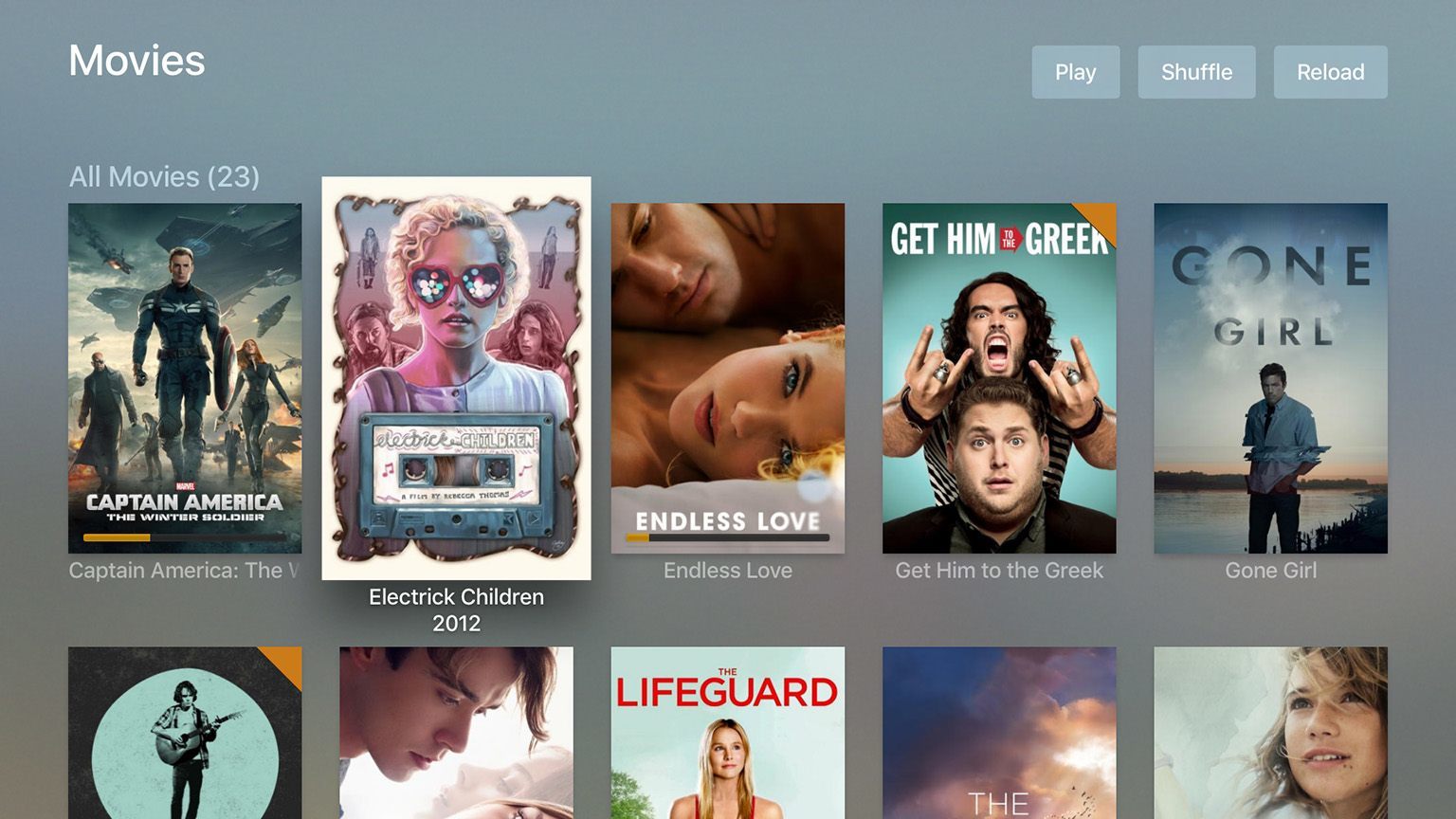Inbox by Gmail is about to get a whole lot smarter this week with a new feature called Smart Reply. Bálint Miklós on the Official Gmail Blog explains:
Smart Reply suggests up to three responses based on the emails you get. For those emails that only need a quick response, it can take care of the thinking and save precious time spent typing. And for those emails that require a bit more thought, it gives you a jump start so you can respond right away.
The feature will be rolling out to the Inbox by Gmail app on iOS and Android later this week, but will only work in English for now. Smart Reply uses machine learning to recognize which emails need responses and then generate three appropriate responses for the user to pick from. The Google Research Blog also has some more details on how the researchers got the feature to work.
And much like how Inbox gets better when you report spam, the responses you choose (or don’t choose!) help improve future suggestions. For example, when Smart Reply was tested at Google, a common suggestion in the workplace was “I love you.” Thanks to Googler feedback, Smart Reply is now SFW :)




